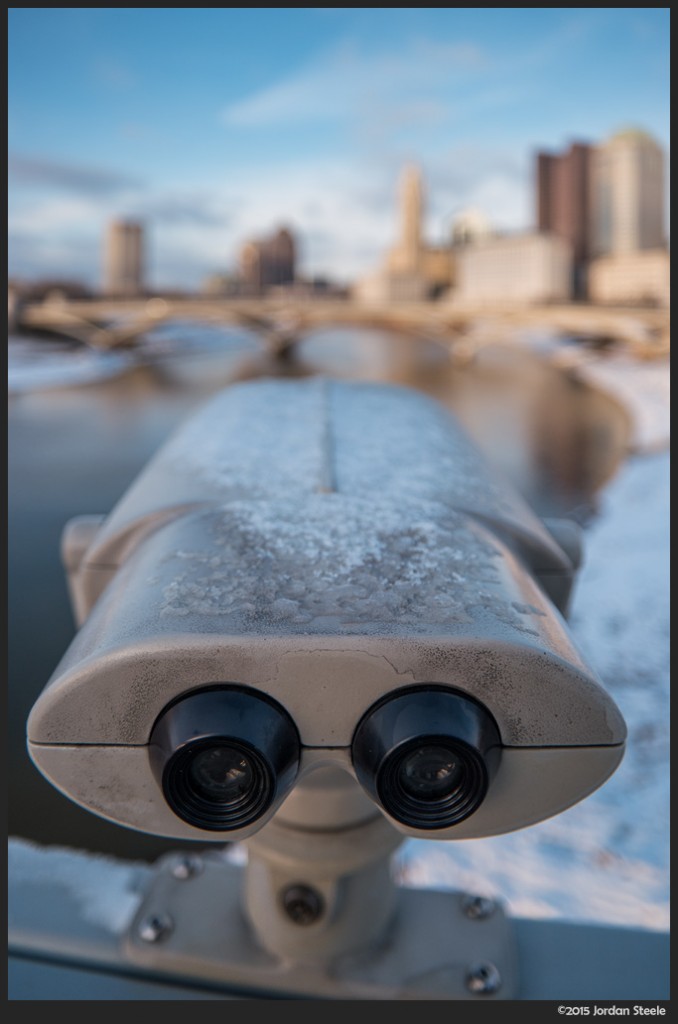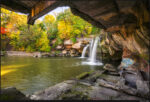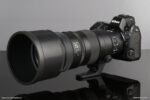Image Quality
With an upper-tier pricetag and professional credentials, my hopes were high for the optical performance of the 16-50mm f/2-2.8, and I wasn’t disappointed. Let’s dive into the specifics:

Sharpness
The 16-50mm is a very sharp lens. Central zone sharpness is already very high throughout the zoom range right from the maximum aperture. The outer third of the frame is a bit softer at these wide apertures, especially at f/2 and the wide end of the zoom range, but I never felt held back by image sharpness if I chose to shoot wide open for depth of field considerations.
Stopped down, the lens is very sharp across the frame, with only the slightest bit of softening in the corners. Overall, it’s an excellent lens for most any type of photography with regards to resolution. The 16-50mm was able to provide plenty of resolution to meet the needs of the NX1’s very dense 28 megapixel sensor. I was very pleased to see that while the wide end was slightly weaker than the long end, the overall performance was quite even at most any setting.
Click the image to the right to open a full-size sample to see the resolution you can expect out of the 16-50mm. Click on the green arrow at the bottom of the screen after the image loads to view at 100%. (Note, the file is large and may take some time to download.)
Bokeh
The Samsung 16-50mm has a very wide aperture for a standard zoom lens, with the lens starting at f/2.0 at the wide end and proceeding to f/2.8 at the long end. As a result, the lens is capable of good subject isolation in many circumstances, and overall it performs fairly well in this regard. Focusing closer up wide open at the 16mm setting produces a very pleasing look to the out of focus areas, with generally neutral edges to highlights. At the long end, things remain quite nice. It’s not going to produce super creamy images, but the bokeh produced by the 16-50mm is very good for a standard zoom lens.

Color, Contrast and Chromatic Aberration
The 16-50mm f/2-2.8 produces images with very nice contrast and excellent color. The tonal response isn’t overly harsh, but provides good tonal separation and smooth gradations in areas of more subtle color change. The color comes out of camera with moderate saturation that takes postprocessing very well. It renders somewhat similarly to how many Fujifilm lenses render, which was a nice thing, since I tend to really enjoy that drawing style.

Unfortunately, one area where the 16-50mm is weak is in chromatic aberration. The lens can show rather significant red and blue lateral chromatic aberration, especially towards the corners of the frame. The CA can mostly be corrected with Lightroom’s CA correction tools, but some mild residual chromatic aberration remains even after software correction. Longitudinal CA is also present in the right circumstances, but I didn’t find it generally field relevant.
Distortion, Flare and Vignetting.
The Samsung 16-50mm does a fairly good job with distortion considering the very wide to short telephoto focal range. There is some barrel distortion at the wide end and some minor pincushion distortion at the long end, though neither are objectionable unless your scene features lots of straight lines, and even in those situations it can be corrected fairly easily.
With regards to flare, I found the 16-50mm to be generally quite resistant to ghosting and contrast reduction when bright light sources were in the frame. Even the sun near a corner produced minimal flare. However, the lens isn’t perfect in this regard. Bright light at the very edge of the frame, or just out of frame can produce strong linear ghosts that appear to shoot in from the edge of the frame. It isn’t a common problem, but it’s something to keep in the back of your mind when shooting around a lot of lights.
The 16-50mm does a great job with regards to vignetting. Some mild vignetting is visible at maximum aperture, but it’s not objectionable and it essentially disappears when stopping down a bit.
The 16-50mm f/2-2.8 is a lens that produces excellent image quality in most any scenario. It’s very strong wide open and is excellent stopped down. It’s an extremely versatile lens that provided confidence when shooting, which allowed me simply to focus on getting the shot I wanted.





Leave a Reply